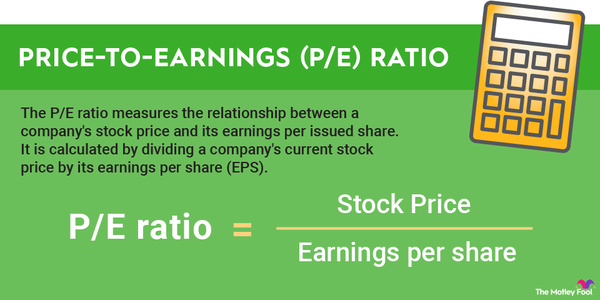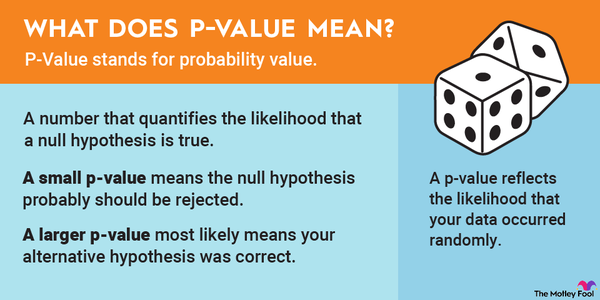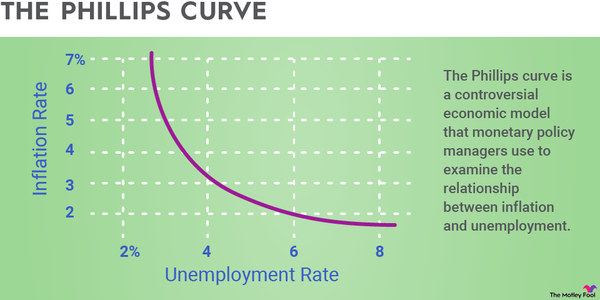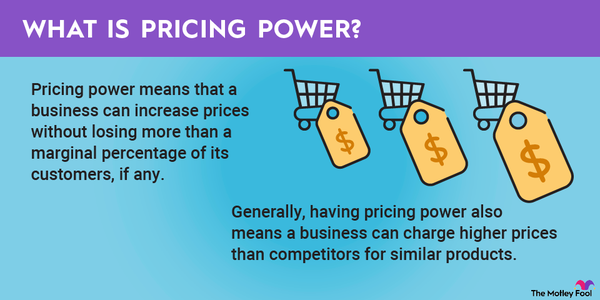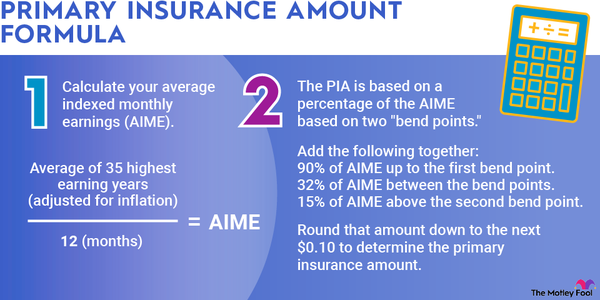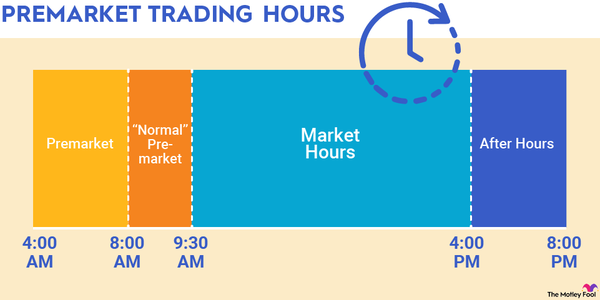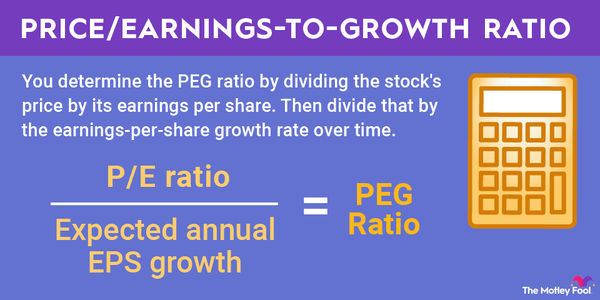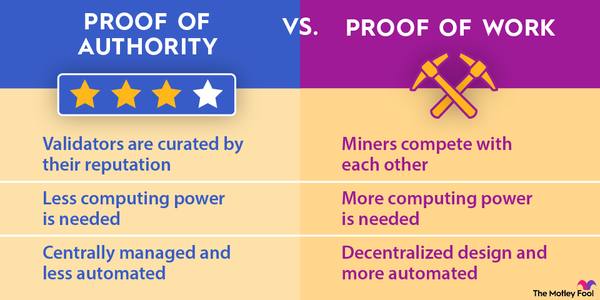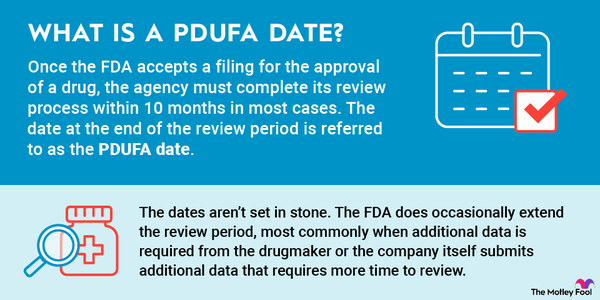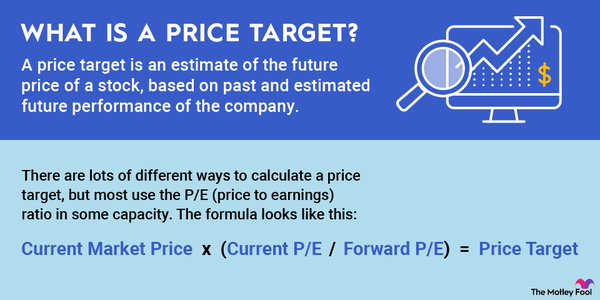There are several different types of investments that you can use to grow your money. Some are short-term investments, and others are much longer-term investments. Permanent capital vehicles are one such long-term capital investment entity.

Overview
What are permanent capital vehicles?
Permanent capital vehicles are entities that are meant to go all the way. And by that, they're literally set up on an unlimited time horizon -- so it can be a very long way. Because of their structure, the principal is rarely, if ever, drawn down, and short-term financial trends aren't really an issue that concerns managers.
Warren Buffett's Berkshire Hathaway is one of the oldest entities considered to be a permanent capital vehicle and is, in fact, generally attributed with being the originator of this type of financial structure. Due to the nature of these entities, the J-curve effect -- a common problem for private equity, where initial investments perform poorly and lose value before equity investments help turn the trajectory around -- is often lacking. This allows investors to skip the usual initial negative returns before positive cash flow appears since permanent capital vehicles favor more mature initial investments.
Which investments are PCVs?
What types of investments are considered permanent capital vehicles?
It can be argued that any partnership, trust, or corporation that has a very long time horizon could be potentially considered a permanent capital vehicle, but here are a few types that are commonly seen among this class:
- Master limited partnerships
- Publicly traded limited partnerships
- Real estate investment trusts (REITs)
- Yield companies (a type of public company that owns cash flow-producing assets, like companies that own solar infrastructure)
- Public asset management companies
- Variable funds
What these companies have in common is that they are looking for a very long time horizon for their investments -- often 15 to 20 years, or longer -- and that they typically maintain their principle, rather than drawing it down during the extended investment period.
PCVs vs. closed-end funds
Permanent capital vehicles versus closed-end funds
Although, in some cases, closed-end funds might be considered permanent capital vehicles, they actually generally have a few fundamental differences that distinguish them from one another.
In a closed-end fund, for example, there is one specific fundraising period and exit timeline, and that's it. For a permanent capital vehicle, the emphasis is on the maintenance of permanent capital indefinitely, allowing for more flexibility for accepting new investments.
Another main difference is the timeline: Closed-end funds typically last 10 years, but the permanent capital vehicle is expected to operate for 15 to 20 years.
Related investing topics
Why choose a PCV?
Why choose a permanent capital vehicle?
A permanent capital vehicle can be a good choice for investors who are seeking stable investments that are managed by someone else, but only if you fully understand the vehicle, its interests, and its mission. One of the features of a permanent capital vehicle is low exit pressure, making it easier to create sustainable funding sources, but this can be stressful if you're not fully on board with the goals of the fund.
Be aware that by its very nature, permanent capital vehicles have limited liquidity options, so you can't simply yank your money out whenever you want. Many will have open annual windows that are available after a certain period of investment by an individual investor.
These are generally good investments for someone looking to tie up their money and send it off to work for them for a very long time, which is why they're often used by scholarships and other charitable funds. These projects need their principal to remain in perpetuity, and so does the permanent capital vehicle, meaning their goals are aligned.

